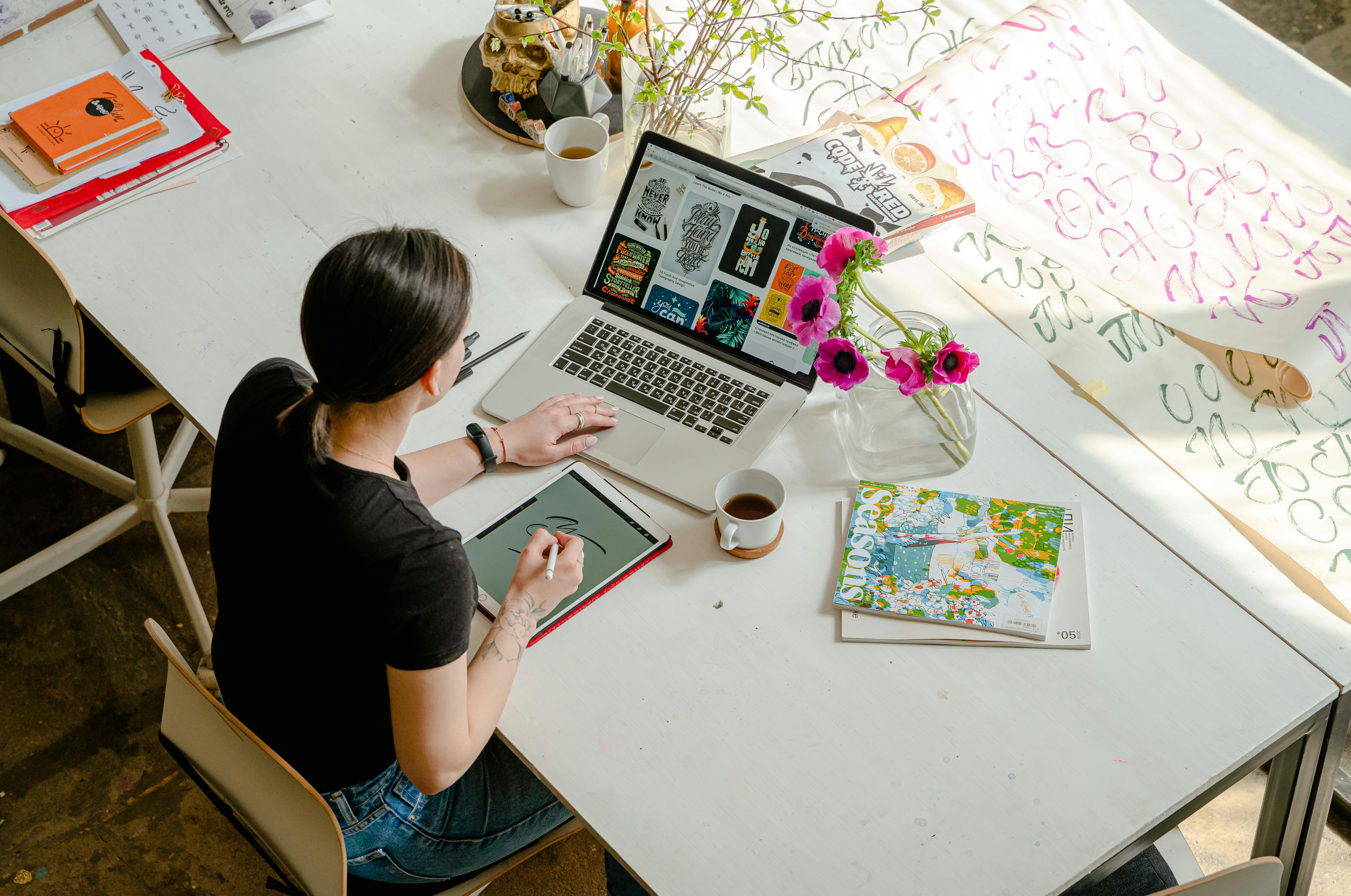News & Events
AI in the Studio: How Artificial Intelligence Is Reshaping Modern Art

As artificial intelligence continues to influence nearly every industry, the art world is embracing — and debating — its role in the creative process. From AI-generated paintings to digital assistants that help artists with color theory, composition, and even curation, the line between human and machine-made art is becoming increasingly blurred. While some critics raise concerns about authenticity, many artists are finding powerful new tools in AI-powered platforms.
Collaborative projects between artists and algorithms are producing results that defy traditional aesthetics. In many cases, AI acts as a creative partner — suggesting unexpected directions, blending styles, or enhancing texture and structure in ways that would take hours by hand. It’s not about replacing the artist, but rather amplifying intuition with machine precision.
This fusion of creativity and code is igniting new conversations about ownership, copyright, and the future of fine art. Will AI disrupt the industry or drive it forward? For now, it’s clear that artists willing to adapt are finding fresh opportunities to innovate, surprise, and provoke — ushering in a future where art is not just made by hand, but with the help of artificial minds.
